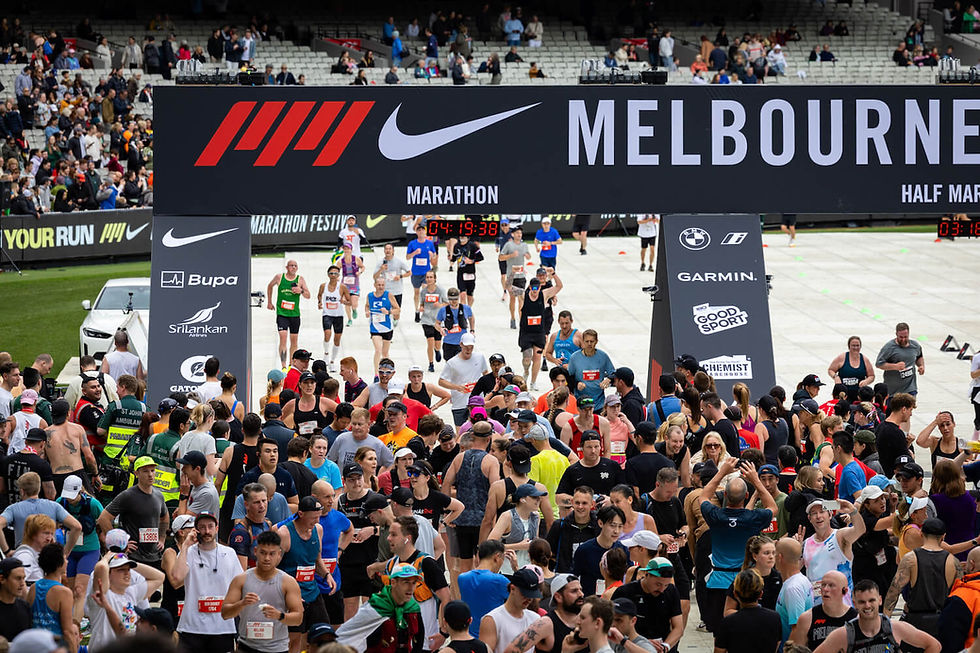Enhancing Your Displays: The Advantages Of Using SEG Fabrics With Modular Display Frames
- REXframe

- May 7, 2024
- 4 min read
Updated: Aug 8, 2024

We all know that in visual marketing, first impressions matter, and nothing catches the eye quite like a sleek, seamless display. That's where SEG fabrics come in. Silicone Edge Graphics fabrics, or SEG fabrics, are revolutionising the way we create eye-catching displays, particularly when paired with modular display frame systems.
What is SEG fabric?
SEG fabric, or Silicone Edge Graphics fabric, is a popular material used in the creation of tension fabric displays, typically for trade shows, events, and retail environments. It consists of a printed graphic fabric with a silicone strip sewn along its edges. This silicone strip is then inserted into a channel or groove on a frame, creating a taut, seamless appearance when stretched across the frame. SEG fabric offers several advantages, including vibrant printing quality, easy installation and changeability of graphics, and a sleek, modern look with minimal visible hardware. Its versatility makes it a preferred choice for businesses seeking eye-catching and professional displays to showcase their brand messages and products effectively.
What is the purpose of fabric design?
Answer:
Fabric design plays a crucial role in event and exhibition signage, as it significantly enhances visual appeal and audience engagement. The primary purpose of fabric design in this context is to create an attractive, professional, and cohesive visual identity that captures attention and communicates the event's theme or brand message effectively. High-quality fabric materials offer versatility and durability, ensuring that the signage maintains its vibrancy and integrity throughout the event. Additionally, fabric signage is lightweight and easy to transport, making it a practical choice for various exhibition setups. By integrating thoughtful fabric design, event organisers can ensure their signage stands out, facilitates clear communication, and leaves a lasting impression on attendees.
Let's look at how this combination will work wonders for your marketing efforts.
Visual Appeal
One of the most striking features of SEG fabrics is their ability to provide a clean, seamless look for displays. With a silicone strip sewn along the edges, SEG fabrics can be effortlessly inserted into modular display frames, creating a smooth, edge-to-edge canvas for your graphics. Displays that command attention with vibrant, high-resolution imagery that pops off the fabric, leaving a lasting impression on your audience.
Ease Of Use
Complicated installation processes and cumbersome tools are no longer required. One of the key advantages of using SEG fabrics with modular display frames is the simplicity of setup. Installing and swapping out SEG fabrics is a breeze, requiring no special skills or equipment. With just a few simple steps, you can effortlessly refresh your display with new graphics, ensuring your messaging stays relevant and engaging.

Durability And Maintenance
In addition to their visual appeal and ease of use, SEG fabrics are also incredibly durable. Unlike traditional graphics materials, SEG fabrics are resistant to wrinkles and sagging, maintaining their crisp appearance even after repeated use. Keeping your displays looking fresh is a cinch as SEG fabrics are easy to clean and maintain, requiring minimal effort to keep them looking their best.
Cost-Effectiveness
The long-term cost benefits to SEG fabrics and modular display frames are undeniable. Unlike single-use graphics materials that need to be replaced frequently, SEG fabrics are reusable and built to last, saving you money in the long run. The versatility of SEG fabrics allows you to repurpose them for various displays, giving you the best return on your investment and minimising waste.
SEG fabrics and modular display frame systems offer many benefits for businesses looking to stand out in a crowd and elevate their visual marketing efforts.
What are the standard SEG sizes?
SEG (Silicone Edge Graphics) displays come in a variety of standard sizes to accommodate diverse marketing needs and spatial constraints. Common sizes include 2x2 feet, 3x3 feet, and 4x4 feet for smaller displays, while larger options such as 8x8 feet, 10x10 feet, and 20x10 feet are also widely used for expansive exhibits and trade show booths. These sizes ensure that businesses can effectively present their visuals, whether for intimate retail spaces or large-scale promotional events. Custom sizes are also available to tailor displays to specific requirements.
What makes a good exhibition stand?
A good exhibition stand is a blend of creativity, functionality, and strategic design aimed at capturing attention, engaging visitors, and effectively conveying a brand's message or showcasing its products or services. Firstly, it should have an eye-catching design that stands out amidst the crowd, drawing attendees in with its visual appeal. This could involve unique architectural elements, vibrant graphics, or interactive displays. Functionality is also crucial; the stand should facilitate easy navigation for visitors, with clear pathways and distinct zones for different activities or products. Moreover, it should offer ample space for engagement, whether through product demonstrations, presentations, or networking areas. Lastly, a successful exhibition stand integrates branding seamlessly, ensuring that the company's identity is effectively communicated through consistent messaging, branding elements, and memorable experiences that leave a lasting impression on visitors.
Consider incorporating SEG fabrics into your next display project and experience the difference for yourself. Get in touch with a member of our team if you’d like to learn more.



